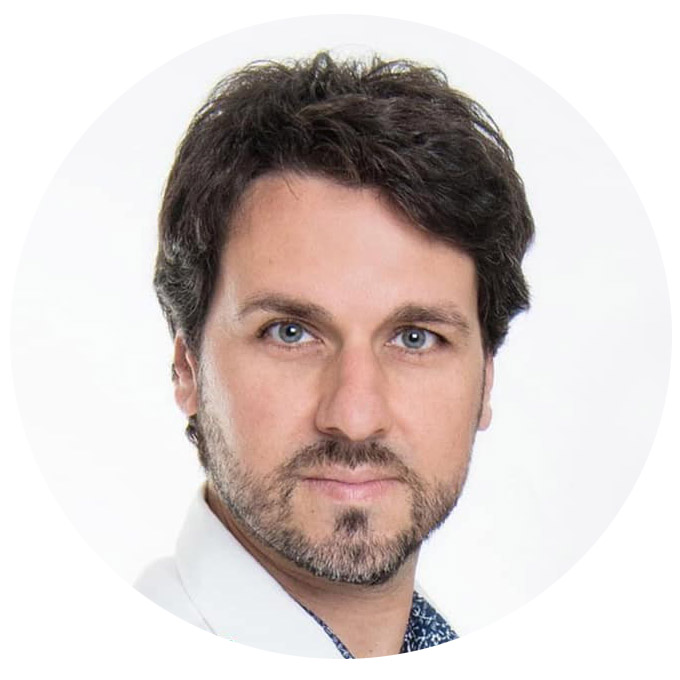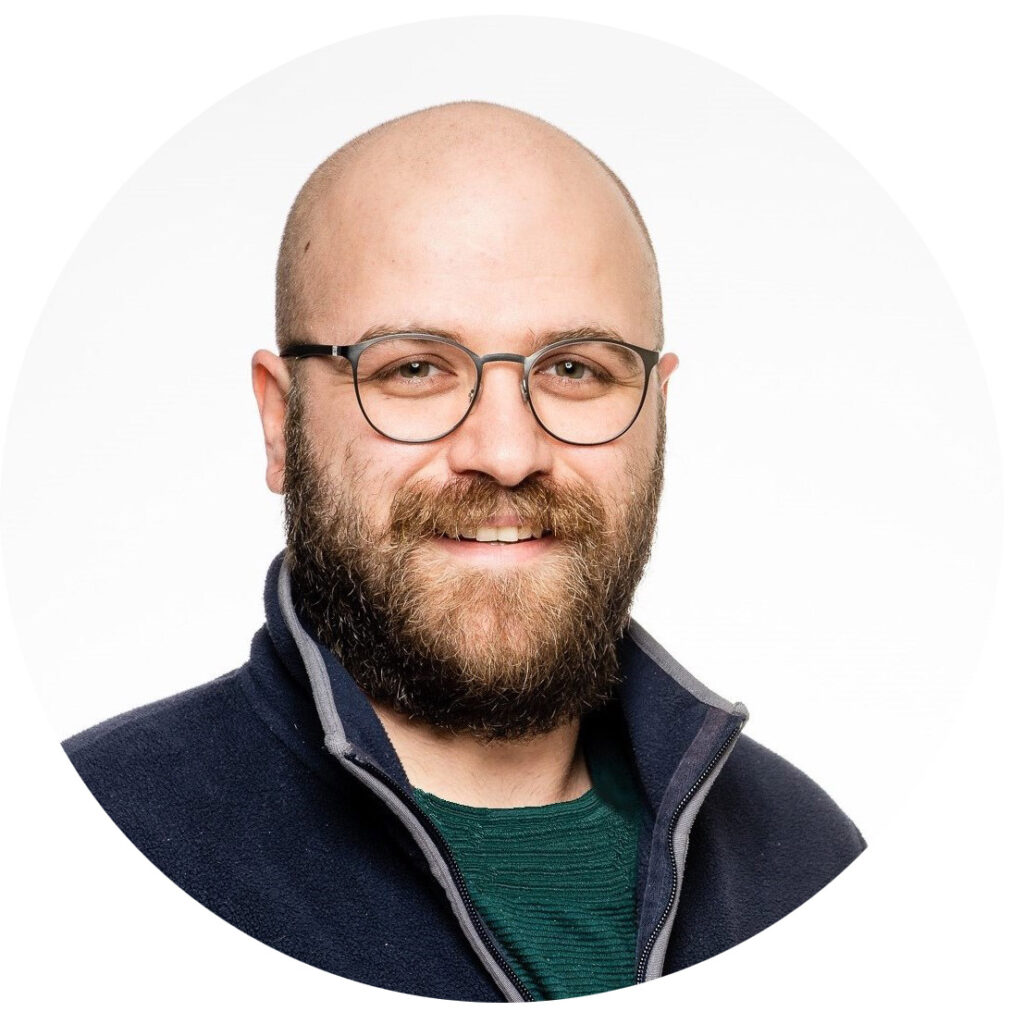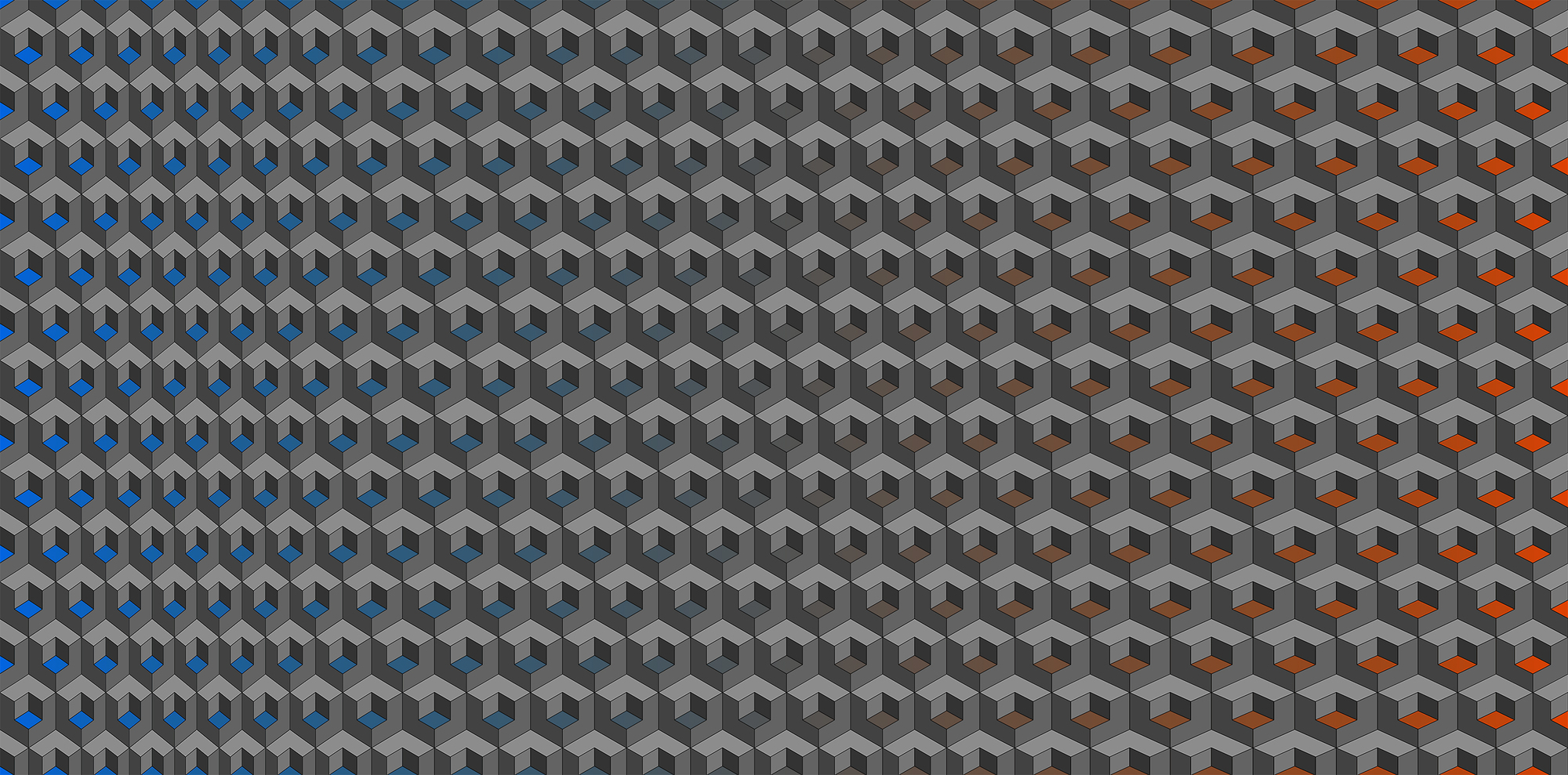FULVIO WIRZ

Director at Wirz Architects and Programme Leader of the MA Architecture and Urbanism at University of East London and Head of the dFUEL (Digital Fabrication Lab UEL).
Fulvio is an architect and designer, partner at Wirz Architects and currently working as Senior Lecturer at the University of East London as programme leader of the MA in Architecture and Urbanism. He is also head of the Digital Fabrication Lab at UEL (dFUEL). He is a former associate at Zaha Hadid Architects where he has been responsible for the design of more than 40 projects including cutting edge buildings and products. Lately he completed the design of an office in Dubai within the Opus Building designed by the late Zaha Hadid and successfully submitted a design proposal for the extension of the MAXXI museum in Rome.
The Indetermination of Contemporary Architecture: Digital Minimalism and Artificial Intelligence as Tools to Democratise Spatial Complexity
From the late 90s the discipline of architecture has witnessed an unprecedented evolution in design methods, spatial languages, and material systems – mostly driven by the digital and computational revolution.
Despite that, a great share of the built environment is still designed and delivered following a modernist paradigm and construction methods belonging to the last century.
Architecture is stuck in a limbo, a paradox, which sees all the advanced research excellence of the last three decades lost in translation due to an inadequate contracting apparatus.
The consequence is that only large firms who have access to wealthy clients and governments can succeed at delivering buildings which are a true expression our times.
As we wait for the construction industry to fully embrace the digital transformation, a targeted use of computational design tools combined with the new possibilities opened by artificial intelligence could be the way to democratise the discipline.
KIUMARS SHARIFMOGHADDAM

Kiumars is a Project assistant and PhD student in Technical Mathematics at Vienna University of Technology. Currently, he is developing interactive digital tools which enable designers, architects and engineers to access new geometries, as his role in a multi- and inter-disciplinary project named “Advanced computational design”. With around 15 years of experience in teaching mathematics and designing origami, he has always been enjoying consolidating the links between his interests. Between science and art, research and education, theory and application, programming and design and more recently, geometry and architecture. In the past two years, he has been a lecturer for courses associated with parametric design and digital fabrication in Vienna, Graz and Innsbruck.
When Escher meets Miura: A Geometric Exploration on Foldable and Transformable Structures
Rigid-foldable tubular structures are lightweight and robust structures with special kinematic properties, which have been of interest to designers, architects and engineers over the past decade. Having one-degree-of-freedom (1-DoF) movement and other possible geometrical properties, such as flat-foldability, make them suitable to be utilized in kinetic architecture, transportable structures and, in general, transformable design.
